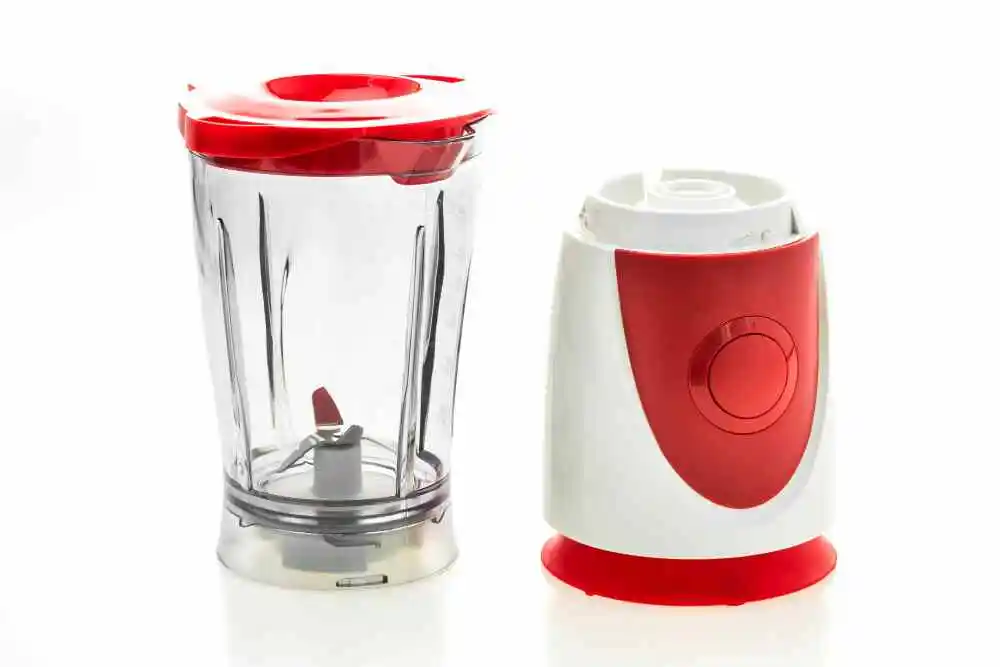Why Does Blender Keep Crashing?

Blender, renowned for its powerful 3D modeling and animation capabilities, can sometimes succumb to instability, causing unexpected crashes that impede productivity.
Blender crashes often stem from strained hardware resources. Upgrading RAM, GPU, or CPU power can improve stability. Outdated graphics drivers frequently cause Blender crashes. Regular updates ensure compatibility and optimize performance.
Overheating exacerbates Blender keep crashing. Maintain proper ventilation and avoid overclocking to prevent instability. Addressing these issues enhances Blender’s stability for uninterrupted creativity.
Table of Contents
Why Does Blender Keep Crashing?
Are you frustrated with Blender Keep Crashing unexpectedly during your creative projects? As a powerful 3D modeling and animation software, Blender is known for its versatility, but occasional crashes can disrupt your workflow and leave you scratching your head for solutions.
There are the following reasons for the crashing of Blender.
1. Insufficient Hardware Resources
Another common cause of Blender crashes is insufficient hardware resources. Blender is a resource-intensive application, especially when working with complex scenes or performing rendering tasks.
If your system lacks an adequate amount of RAM, CPU power, or GPU capabilities, it may struggle to run Blender smoothly, leading to frequent crashes.
To mitigate this issue, consider upgrading your hardware components, such as adding more RAM or investing in a more powerful CPU or GPU. Additionally, optimize your Blender settings to allocate resources efficiently and reduce the likelihood of crashes during demanding tasks.
2. Outdated Graphics Drivers
One of the primary reasons why Blender keeps crashing is outdated graphics drivers. Graphics drivers serve as a bridge between the Blender software and your computer’s hardware, facilitating smooth rendering and performance.
When these drivers are outdated or incompatible, it can result in crashes and instability. To address this issue, ensure that your graphics drivers are up to date.
Visit the website of your graphics card manufacturer, whether it’s NVIDIA, AMD, or Intel, and download the latest drivers for your specific model. Regularly updating your graphics drivers can significantly improve Blender’s stability and performance.
3. Overheating
Overheating can also contribute to Blender crashes, particularly if your computer’s cooling system is inadequate or if the software is exerting heavy demands on your hardware components.
When Blender pushes your CPU or GPU to its limits, it generates heat, and if this heat isn’t dissipated effectively, it can lead to system instability and crashes. To prevent overheating, ensure that your computer is adequately ventilated and that its cooling system is clean and functioning correctly.
Consider investing in additional cooling solutions, such as aftermarket CPU coolers or case fans, to maintain optimal temperatures during Blender sessions.
4. Corrupted Preferences or Add-ons
Corrupted user preferences or incompatible add-ons can lead to instability within Blender. Resetting Blender to its default settings can often resolve these issues. Navigate to the File > Defaults > Load Factory Settings to reset Blender’s preferences. Additionally, disable or uninstall any recently added add-ons to identify potential compatibility issues.
5. Scene Complexity
Complex scenes with high polygon counts, intricate textures, or excessive particle systems can strain your system’s resources and cause Blender to crash. Simplify your scenes by optimizing mesh topology, reducing polygon counts, and using texture baking to streamline rendering processes.
Consider using proxy objects or level of detail (LOD) systems to manage scene complexity more efficiently.
6. Software Bugs
Despite Blender’s robust development and frequent updates, occasional software bugs may still occur, leading to crashes. Stay up-to-date with the latest Blender releases to benefit from bug fixes and performance improvements.
Additionally, report any encountered bugs or glitches to the Blender development team through the official bug tracker to contribute to ongoing development efforts.
Frequently Asked Question
How can I diagnose and resolve memory-related crashes in Blender?
You can diagnose memory-related crashes by monitoring system resources while using Blender. Tools like Task Manager (Windows), Activity Monitor (macOS), or System Monitor (Linux) can show how much RAM Blender is using.
If Blender’s memory usage spikes significantly before a crash, it’s likely memory-related.
Conclusion
Blender crashes can be frustrating, but by understanding the underlying causes and implementing targeted solutions, you can minimize disruptions to your workflow and enjoy a smoother creative experience.
Whether it’s optimizing hardware resources, updating graphics drivers, or simplifying complex scenes, proactive troubleshooting can help you overcome challenges and unleash your creative potential with Blender.